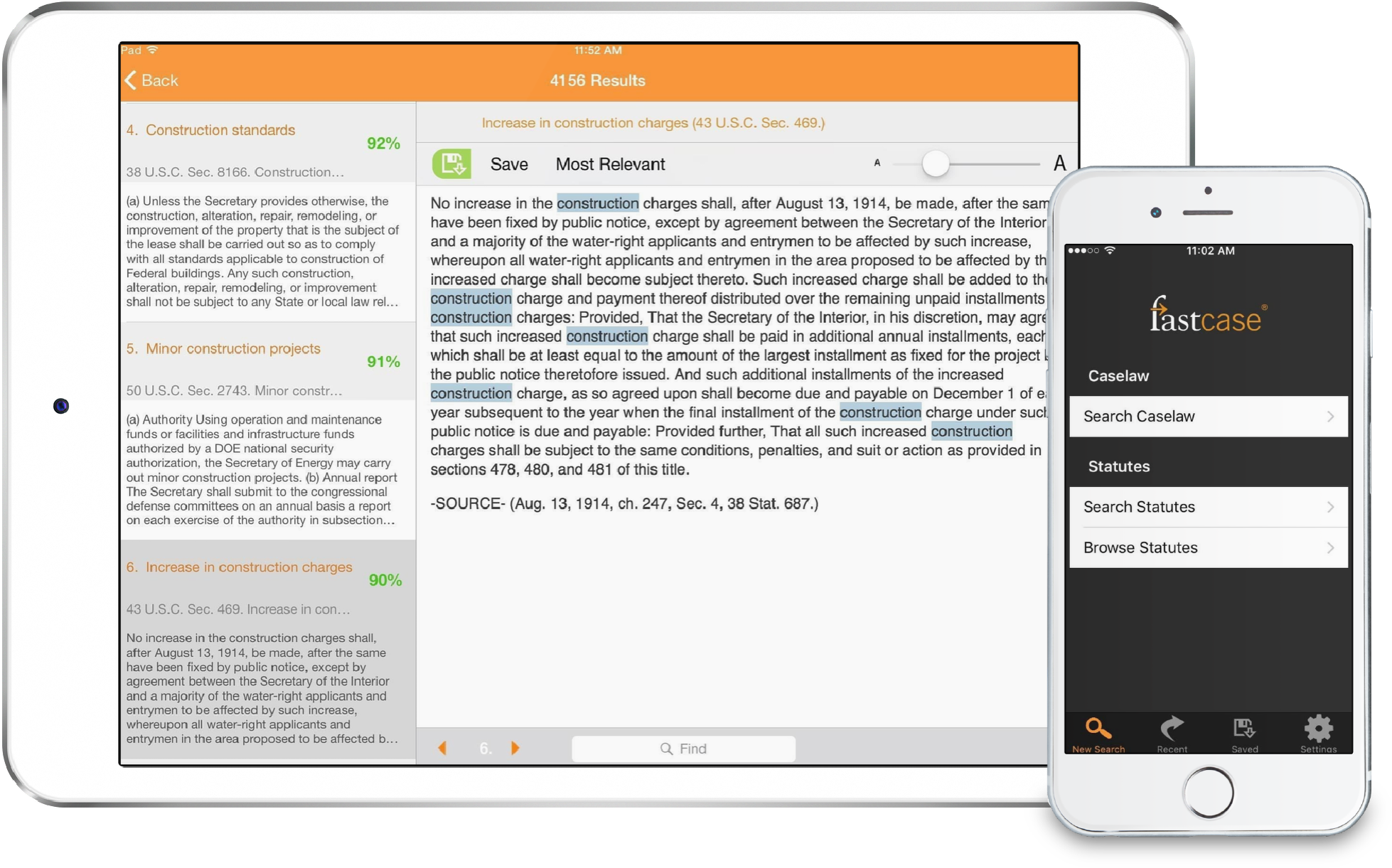Before The Supreme Court: Which Pollutants May Be Discharged In U.S. Waters
The Supreme Court will soon hear oral arguments for Coeur Alaska, Inc. v. Southeast Alaska Conservation Council, a case that will set precedent for environmentalists and industry representatives in determining the extent to which certain pollutants can be discharged into U.S. waters.
The background of the case is as follows:
In 2005, the Army Corps of Engineers issued a permit under the federal Clean Water Act (“CWA”), authorizing Coeur Alaska, Inc. to discharge wastewater from the Kensington Gold Mine in navigable waters in Alaska.
Environmental groups will argue that this permit violated the CWA because the discharge from the mine did not comply with the Environmental Protection Agency’s (“EPA”) pollution standards under the CWA.
In contrast, Coeur Alaska will argue that the Army Corps of Engineers governed the discharge under a different section of the CWA, and that the issuance of the permit therefore did not violate the CWA.
The Supreme Court’s decision in this matter will determine whether the permit issued for the Kensington Mine is valid. The decision may also potentially resolve the conflicting authority of the EPA and the Army Corps of Engineers under the CWA.
Source: Cornell University, Legal Information Institute Bulletin



